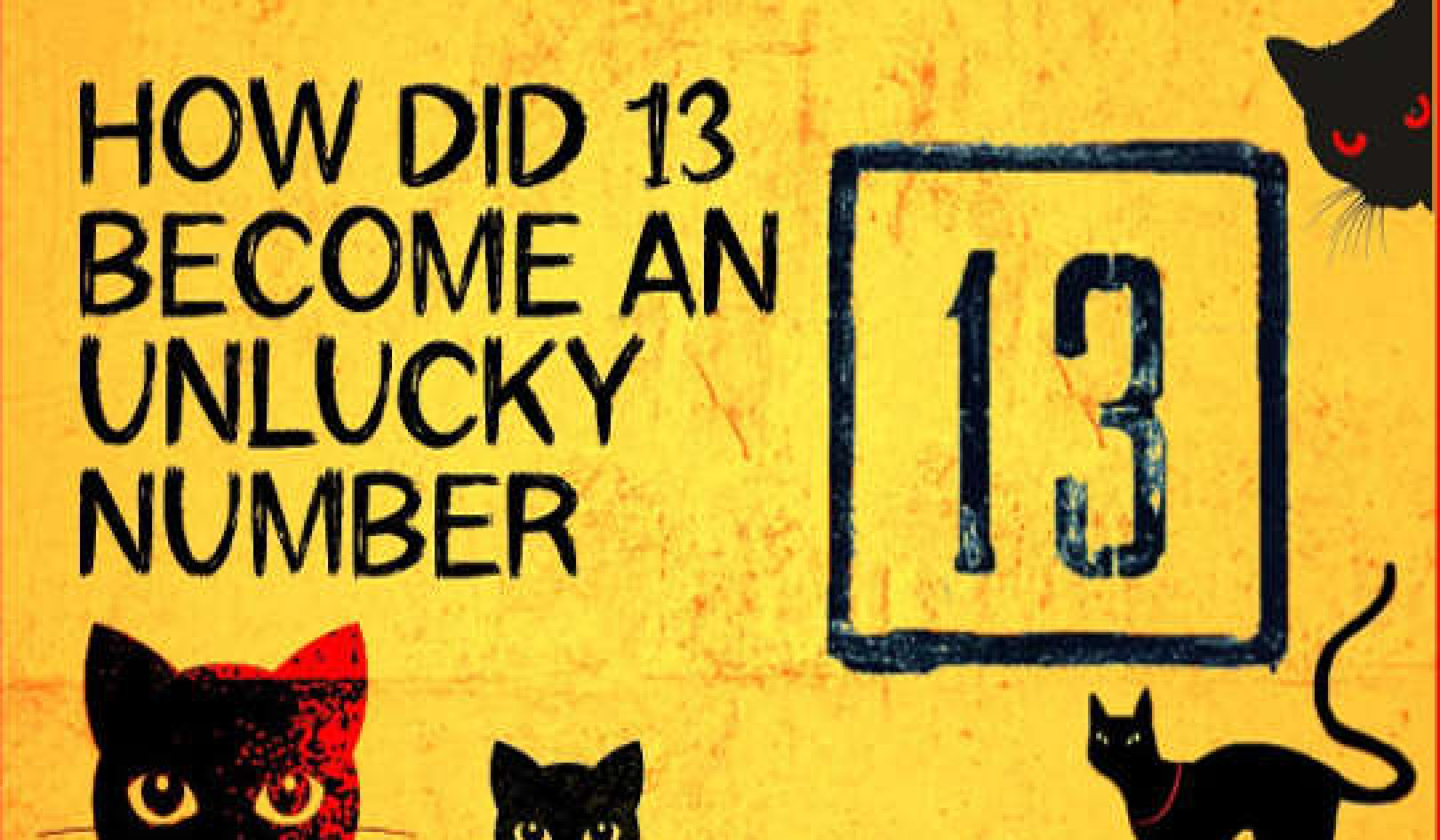
The process of therapy is challenging and takes courage. Photographee.eu/Shutterstock
If you or someone you care about experience an emotional problem it won’t be long before you hear that cognitive behaviour therapy, or CBT, is probably the treatment of choice.
Research over the last 40 years or so has found CBT to be helpful for all manner of problems, including anxiety, depression, insomnia, pain, anger, sexual problems, and the list goes on. But what exactly is it?
CBT is probably best understood by what it is trying to achieve. The main premise of CBT is that problems develop as a consequence of learnt ways of thinking (cognition) and behaving, and that learning new ways of thinking and behaving will have more helpful impacts on emotions and well-being.
Cognition: the C in CBT
The cognitive element of CBT refers to our thoughts, mental images, self-talk and core beliefs about ourselves (I’m ok, or I’m not), other people (they are generally friendly or they’re not) and the world around us (the future is bright or it’s not).
The more threatening our thoughts (I’m going to be criticised), the more anxious we will feel. The more hopeless we believe the future is (there’s no point), the more depressed we will feel. The more strongly we believe things should be different (the world must not be this way!), the more frustrated and angry we will feel.
The way we think is guided by what we pay attention to (a tendency to focus on negative things?), the way we interpret what is happening around us (seeing the glass half-full?) and the experiences we are most likely to remember (such as the times things went bad rather than the times things went well).
We all use particular styles of thinking from time to time that can get us into trouble. We are “catastrophising” when we blow things way out of proportion (things are rarely that bad). Using words like “never” and “always” is a good sign we’re thinking in an overgeneralised way (most bad things happen somewhere between never and always).
It’s important to remember that thoughts are, well, just thoughts. They are not immutable facts.
Most of the thoughts we have throughout the day are random streams of consciousness that are simply the output of creative minds. And many people can interpret exactly the same situation in many different ways.
Behaviour: the B in CBT
The behavioural aspect of CBT is based on learning theory. If you’ve heard of Pavlov’s dogs then you know about classical conditioning. Pavlov rang a bell just before he gave his dogs some food. Eventually the dogs started to salivate when they heard a bell ring (even if no food was given). They learnt that the bell signalled food. (Voila! Classical conditioning.)
Emotional responses can be classically conditioned in a similar way. As a simple example, someone with a dog phobia might recall being bitten as a child (perhaps by one of Pavlov’s dogs?). A cognitive behaviour therapist might speculate that the child developed a classically conditioned fear response to the dog.
Just like the bell triggered Pavlov’s dogs to salivate, an image or thought of a dog can trigger fear (even if the dog has no intention of biting).
Pavlov found that if he repeatedly rang the bell without providing food eventually the dogs stopped salivating when they heard the bell. They learnt that the bell no longer signalled food.
Similarly, if we repeatedly expose someone with a dog phobia to dogs without them being bitten, then they will learn that dogs are not dangerous and the fear response will stop being triggered. It turns out that repeated exposure to any feared object or situation (in the absence of the fear coming true) can effectively diminish the fear response.

When someone learns from experience that dogs are not dangerous, the fear response will stop being triggered. Uwe Mäurer/Flickr, CC BY-NC-SA
A cognitive behaviour therapist is interested in all the things we do (or avoid doing) to manage the difficulties life throws our way. This might include unhelpful behaviours such as always avoiding the things we fear, excessively using drugs or alcohol, being controlling or violent towards others, and the list goes on.
Avoidance denies us any chance to challenge our fears and build confidence that we can cope. Alcohol and drugs might feel good and distract us in the short term, but ultimately our problems still exist and might be even worse in the longer term.
Being controlling towards others might help us feel powerful and in control in the short term, but this can conceal an underlying core belief of vulnerability (if I don’t control my environment, then perhaps it will control me).
These problems are only likely to be resolved when the fears driving these unhelpful behaviours are directly challenged and modified.
Therapy: the T in CBT
Cognitive behaviour therapists help clients better understand why they might have developed particular problems and, more importantly, what vicious cycles are maintaining them.
The most important questions for treatment are:
-
How do our thoughts, behaviours, physiology, interpersonal relationships and emotions interact to maintain problems in our lives?
-
How can we break these cycles?
Here are some things you can expect from a competent cognitive behaviour therapist.
A strong therapeutic relationship: Cognitive behavioural therapists appreciate that therapy can be emotional and difficult. They know their client needs to trust them before they will be able to work effectively together. Empathy, genuineness, unconditional positive regard and warmth need to be there in spades.
Collaboration: CBT involves a close working relationship between the client and therapist. The client is seen as an expert in their lives and the therapist is seen as an expert in evidence-supported treatments. Both forms of expertise are equally important to achieve a good outcome.
Goal-setting: CBT aims to be an efficient and time-limited form of therapy. A cognitive behavioural therapist will be very interested in what you would like to achieve from therapy. Together you will plan how to get there and how long it should take.
There is some flexibility if progress is slower than expected, but for most problems the therapist thinks in weeks or months rather than years.
Monitoring and evaluation: Cognitive behavioural therapists don’t rely on their own judgement about when clients’ problems have resolved; the therapist might be wrong. Rather, they measure change from the client’s perspective.
The therapist might ask the client to complete some monitoring or questionnaires during therapy so that progress can be tracked.
Cognitive behavioural therapists don’t blame the client if the problem isn’t improving. The therapist takes responsibility for changing what is done in therapy to ensure things get back on track.
Practical skills: CBT aims to teach clients to relate differently to their thoughts, physical sensations, emotions and behaviours so that they don’t get caught up in them in problematic ways.
One technique might involve identifying negative thoughts and challenging them by recognising when they are overly catastrophic and generating more realistic and helpful alternatives.
The techniques covered in CBT will depend on the nature of the problem, but you can expect to leave therapy with a toolkit full of helpful skills.
Between-session tasks: Clients never come to therapy just to feel good for the hour they are in the therapists’ office. They come to improve their lives out in the real world. For this reason, cognitive behaviour therapists encourage clients to apply their new skills between sessions and report back on how it went. This is where much of the hard work, learning and changes occur in CBT.
Here and how focus: CBT acknowledges the role that past experiences play in shaping who we are, but at the same time recognises that little can be done to change what has already occurred.
Instead, CBT focuses on identifying what is left behind from these experiences in the form of core beliefs about ourselves, others, and the world, and how these beliefs impact on present-day experiences.
Modifying these core beliefs can change our emotional responses to memories of earlier negative experiences, and can change the way we respond to challenges in our lives now and into the future.
The process of therapy is challenging and takes courage. A cognitive behavioural therapist’s role is to guide, support and cheer-lead when required. CBT’s overarching aim is to increase clients’ coping self-efficacy – their confidence in their own ability to manage their problems on their own.
If a cognitive behavioural therapist has done a good job, the client should leave therapy knowing that they are responsible for the benefits they have achieved from therapy and that they can continue to build on these gains well into the future.![]()
About the Author
Peter McEvoy, Professor of Clinical Psychology, Curtin University
This article is republished from The Conversation under a Creative Commons license. Read the original article.

Related Books:
Crucial Conversations Tools for Talking When Stakes Are High, Second Edition
by Kerry Patterson, Joseph Grenny, et al.
The long paragraph description goes here.Click for more info or to order
Never Split the Difference: Negotiating As If Your Life Depended On It
by Chris Voss and Tahl Raz
The long paragraph description goes here.Click for more info or to order
Crucial Conversations: Tools for Talking When Stakes Are High
by Kerry Patterson, Joseph Grenny, et al.
The long paragraph description goes here.Click for more info or to order
Talking to Strangers: What We Should Know About the People We Don't Know
by Malcolm Gladwell
The long paragraph description goes here.Click for more info or to order
Difficult Conversations: How to Discuss What Matters Most
by Douglas Stone, Bruce Patton, et al.
The long paragraph description goes here.






















